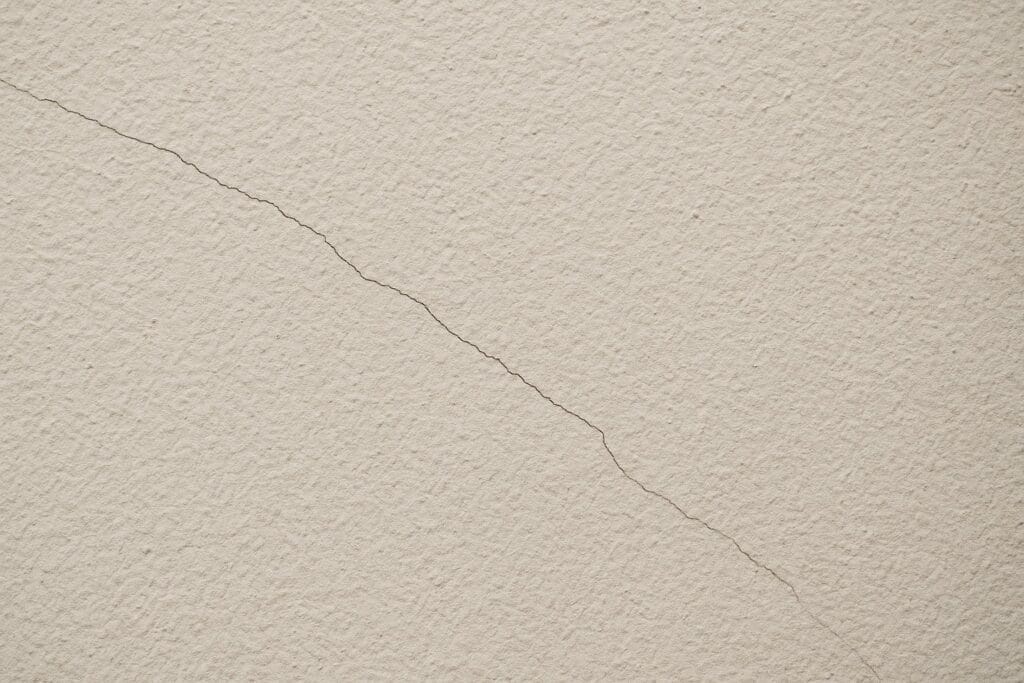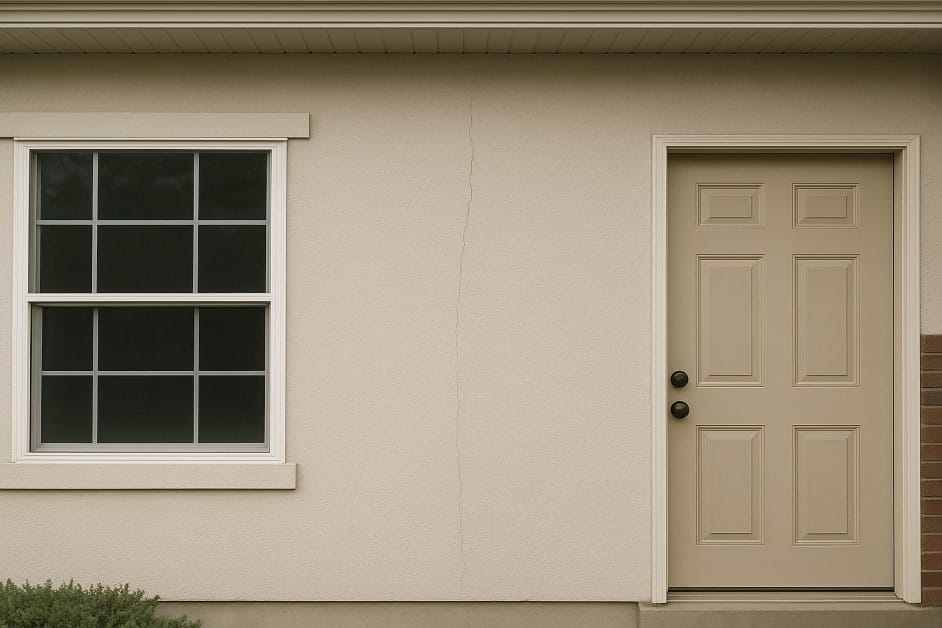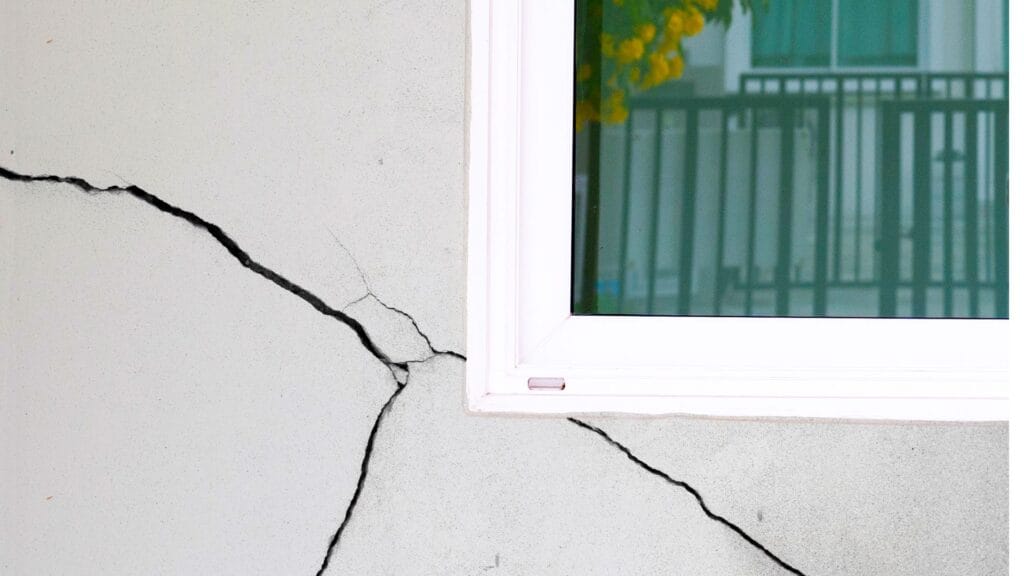
How to Identify Wall Cracks and Know Which Ones Are Serious
You found wall cracks in your home. Should you worry? Learn the types of cracks, what they mean, and when to call a professional.
By:
The Good Home Daily
Posted on October 30, 2025
It’s a regular morning. You walk into your living room with your coffee, and then you notice it—a crack running down your wall. It wasn’t there yesterday. Your heart skips a beat, and suddenly you’re wondering if your house is falling apart.
Take a deep breath first. Not every wall crack spells disaster.
Wall cracks are more common than you might think, but ignoring them isn’t a good idea either. Some cracks are harmless, while others can signal hidden problems that may grow over time.
Understanding the causes of wall cracks is important for homeowners who want to keep their homes safe and sturdy. Every crack tells a story about your home. Let’s explore what these cracks mean and how to interpret the signs before they become bigger issues.
How Common are Cracks in the Wall?
If you’ve noticed cracks in your walls, you’re not alone. In fact, wall cracks are one of the most common issues regardless of whether the buildings are new or old. They often occur naturally due to age, workmanship, or environmental factors.
In fact, one structural investigation of a multistory office building with a basement found that 91% of the cracks were dormant, while only 9% were active. This finding suggests that while cracks are common, most are non-treatening.
For new builds, minor cracks in drywall or plaster can show up within the first year as materials shrink and shift. These are usually cosmetic and can be repaired with simple patching and repainting.
Industry experts note that small settlement cracks are so routine that most builders consider them part of the normal aging process of a home.
Still, not all cracks should be brushed aside. Some can reveal underlying problems that grow worse if ignored. Early detection and understanding the causes of wall cracks can help you take timely action, potentially saving on costly repairs.
4 Common Types of Wall Cracks and What They Mean
The location, direction, and width of a crack provide crucial clues about its cause and severity. Below are the most common types of wall cracks homeowners encounter—and what each one could mean for your home:
1. Hairline Cracks

As the name implies, this type of wall crack resembles a human hair. These are very thin cracks, often less than 1mm wide. They are typically the least concerning type of crack and usually result from normal concrete settling.
Hairline cracks typically appear due to minor thermal expansion and contraction, normal building movement, or minor settling. They’re particularly common in newly constructed homes as materials adjust to environmental conditions.
Hairline cracks rarely indicate structural issues. However, experts suggest monitoring this type of crack for growth over time.
2. Vertical Cracks

Vertical wall cracks run straight up and down your wall and usually form due to normal settling or minor foundation movement.
Most vertical cracks are harmless. They often appear near doorways, windows, or where walls meet ceilings. Like hairline cracks, they are mainly surface-level issues that can be patched and painted over.
However, if a vertical crack is wider than 5 millimeters, it may suggest uneven settling and should be checked by a professional.
3. Horizontal Cracks

Horizontal cracks are more concerning than vertical ones. They run parallel to the floor and often indicate pressure from soil, water, or hydrostatic forces pushing against foundation walls.
These cracks usually develop due to foundation movement or uneven settling, which places stress on the walls. Poor soil conditions or changes in water drainage around the house can make them worse.
Because water can seep through horizontal cracks, they are closely linked to moisture problems and inadequate waterproofing. Ignoring them may result in damp walls, mold growth, or even structural damage over time.
If horizontal cracks appear in basement walls, they could signal serious foundation problems and should be assessed by a professional.
4. Diagonal Cracks

Diagonal cracks deserve immediate attention, especially when they appear in a stair-step pattern along mortar joints in brick or block walls. They typically run at a 30–45° angle and are usually found around the corners of your home.
These cracks usually indicate differential settlement, where one part of the foundation moves more than another. Homeowners should monitor these cracks closely and seek expert advice to prevent further damage.
Don’t Let Wall Cracks Catch You Off Guard
Not all wall cracks are the same. Some are harmless surface lines that only affect appearance, while others can be early warning signs of deeper structural problems.
Knowing the difference can help you decide whether a simple patch and repaint will do or if it’s time to call a professional for an inspection.
The key is early detection and monitoring. Keep an eye on cracks over time and note any changes, no matter how small.
Frequently Asked Questions About Wall Cracks
Is it safe to stay in a house with wall cracks?
In most cases, small cracks like hairline or minor vertical cracks are harmless and do not pose an immediate safety risk. However, if cracks are wide, horizontal, stair-step, or growing over time, it’s best to seek a professional inspection to ensure your home’s structural integrity.
Are all wall cracks a sign of structural problems?
Not necessarily. Many wall cracks, like hairline or minor vertical cracks, are surface-level and occur due to normal settling, temperature changes, or minor shrinkage. However, cracks that are wide, horizontal, or stair-step patterns may indicate foundation or structural issues that require professional assessment.
I saw a crack in my firewall (fire-rated wall). What does it mean?
Cracks in a firewall or fire-rated wall can compromise its ability to slow or prevent the spread of fire. Even small cracks may allow smoke or flames to pass through, so it’s important to monitor them and repair them promptly.
When should I be worried about wall cracks?
You should be concerned if cracks are:
- Wider than 5mm
- Horizontal or stair-step in pattern
- Affecting doors, windows, or ceiling alignment
- Continuously growing or showing signs of water intrusion
Early detection and professional advice can prevent costly repairs and keep your home safe.

